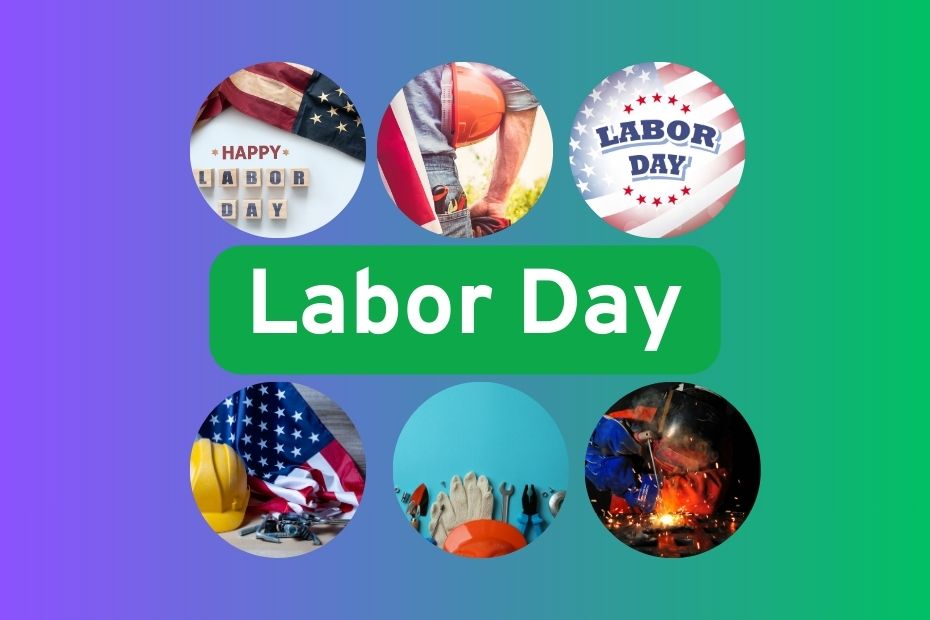Days Countdown
Weeks Countdown
Months Countdown
How Many Days Until Halloween? (2026-2050)
| Date | Day | Days Left |
|---|---|---|
| 2026 (October 31) | Saturday | 330 days |
| 2027 (October 31) | Sunday | 695 days |
| 2028 (October 31) | Tuesday | 1061 days |
| 2029 (October 31) | Wednesday | 1426 days |
| 2030 (October 31) | Thursday | 1791 days |
| 2031 (October 31) | Friday | 2156 days |
| 2032 (October 31) | Sunday | 2522 days |
| 2033 (October 31) | Monday | 2887 days |
| 2034 (October 31) | Tuesday | 3252 days |
| 2035 (October 31) | Wednesday | 3617 days |
| 2036 (October 31) | Friday | 3983 days |
| 2037 (October 31) | Saturday | 4348 days |
| 2038 (October 31) | Sunday | 4713 days |
| 2039 (October 31) | Monday | 5078 days |
| 2040 (October 31) | Wednesday | 5444 days |
| 2041 (October 31) | Thursday | 5809 days |
| 2042 (October 31) | Friday | 6174 days |
| 2043 (October 31) | Saturday | 6539 days |
| 2044 (October 31) | Monday | 6905 days |
| 2045 (October 31) | Tuesday | 7270 days |
| 2046 (October 31) | Wednesday | 7635 days |
| 2047 (October 31) | Thursday | 8000 days |
| 2048 (October 31) | Saturday | 8366 days |
| 2049 (October 31) | Sunday | 8731 days |
| 2050 (October 31) | Monday | 9096 days |
Halloween: A Journey from Ancient Ritual to Modern Celebration
Halloween, celebrated each year on October 31st, stands as one of the world’s most beloved holidays, blending ancient traditions with contemporary customs. This unique festival has evolved from solemn Celtic rituals to a global phenomenon characterized by costumes, candy, and community gatherings. The journey of Halloween through centuries reveals how ancient practices can transform while maintaining their mystical appeal across generations.
Ancient Origins: Samhain and the Celtic New Year
The roots of Halloween trace back approximately 2,000 years to the ancient Celtic festival of Samhain (pronounced “sow-in”). For the Celts, who lived primarily in what is now Ireland, the United Kingdom, and northern France, November 1st marked the new year and the beginning of winter—a time often associated with human death.
Celts believed that on the night before the new year (October 31st), the boundary between the worlds of the living and the dead became blurred. They celebrated Samhain on this night, when ghosts of the dead were thought to return to earth. Druids built massive sacred bonfires where people gathered to burn crops and animals as sacrifices to Celtic deities. During the celebration, people wore costumes, typically consisting of animal heads and skins, and attempted to tell each other’s fortunes.
Christian Influence and All Hallows’ Eve
By the ninth century, Christianity had spread into Celtic lands, where it gradually blended with and supplanted older pagan rites. In 1000 A.D., the church made November 2nd All Souls’ Day, a day to honor the dead, which incorporated some of the traditions of Samhain. The evening before was known as All Hallows’ Eve, and later Halloween.
All Souls Day was celebrated similarly to Samhain, with big bonfires, parades, and dressing up in costumes as saints, angels, and devils. Together, the three celebrations—the eve of All Saints’, All Saints’, and All Souls’—were called Hallowmas. The tradition of “souling” emerged during this period, when poor people would visit wealthy homes and promise to pray for the souls of the homeowners’ dead relatives in exchange for pastries called “soul cakes.”
Halloween Travels to America
Halloween was extremely limited in colonial New England because of the rigid Protestant belief systems there. It was much more common in Maryland and the southern colonies. As the beliefs and customs of different European ethnic groups and American Indians meshed, a distinctly American version of Halloween began to emerge.
The first celebrations included “play parties,” public events held to celebrate the harvest, where neighbors would share stories of the dead, tell each other’s fortunes, dance, and sing. By the middle of the nineteenth century, annual autumn festivities were common, but Halloween was not yet celebrated everywhere in the country.
Modern Halloween Traditions and Their Origins
Many of the Halloween traditions we recognize today have fascinating historical origins:
Trick-or-Treating
The American tradition of “trick-or-treating” likely dates back to the early All Souls’ Day parades in England. During these festivities, poor citizens would beg for food and families would give them pastries called “soul cakes” in return for their promise to pray for the family’s dead relatives.
Jack-O’-Lanterns
The tradition of carving jack-o’-lanterns originates from an Irish myth about a man nicknamed “Stingy Jack.” According to the story, Jack tricked the devil multiple times and was denied entry to both heaven and hell after death. Forced to wander the Earth with only a burning coal inside a hollowed-out turnip to light his way, the Irish began referring to this ghostly figure as “Jack of the Lantern,” which eventually became “jack-o’-lantern.”
Costumes and Masks
The Celts wore costumes and masks during Samhain celebrations to avoid being recognized by ghosts thought to be present during the festival. This practice evolved into wearing scary costumes to ward off evil spirits, which eventually transformed into the creative costume tradition we know today.
Halloween in the 20th and 21st Centuries
By the 1920s and 1930s, Halloween had become a secular, community-centered holiday, with parades and town-wide parties as the featured entertainment. Despite the best efforts of many schools and communities, vandalism began to plague some celebrations in many communities during this time.
Between 1920 and 1950, the centuries-old practice of trick-or-treating was also revived. Trick-or-treating was a relatively inexpensive way for an entire community to share the Halloween celebration. Thus, a new American tradition was born, and it has continued to grow.
Today, Americans spend an estimated $9 billion annually on Halloween, making it the country’s second largest commercial holiday after Christmas. Modern celebrations extend beyond trick-or-treating to include costume parties, haunted attractions, pumpkin carving contests, and community events.
Global Halloween Celebrations
While Halloween has its deepest roots in Celtic and American traditions, various countries have adopted and adapted the holiday:
Mexico and Latin America: Celebrate Día de los Muertos (Day of the Dead) from October 31st through November 2nd, honoring deceased loved ones with altars, marigolds, and special foods.
Ireland and Scotland: As the birthplace of Halloween, these countries maintain strong traditions including bonfires, games, and traditional foods like barmbrack (a fruitcake containing coins or other fortunetelling objects).
Japan: Has adopted costume parties and pumpkin decorations, though trick-or-treating remains uncommon.
Philippines: Celebrates with costume parties and trick-or-treating in urban areas, often combined with traditional observances for All Saints’ and All Souls’ Days.
The Cultural Significance of Halloween Today
Beyond its commercial success, Halloween serves important social and psychological functions in modern society. The holiday provides a socially sanctioned opportunity to confront fears about death and the supernatural in a safe, controlled environment. The temporary transformation through costumes allows people to experiment with different identities and break from social norms.
Community bonding represents another crucial aspect of Halloween, as neighbors interact through trick-or-treating and shared decorations. The holiday also stimulates creativity through costume design, pumpkin carving, and home decorations, while its timing provides a festive break between summer and the winter holidays.
From its ancient origins as a Celtic festival to its current status as a global commercial phenomenon, Halloween has demonstrated remarkable adaptability while maintaining its core elements of confronting mortality, community celebration, and seasonal transition. As it continues to evolve, this unique holiday remains a testament to humanity’s enduring fascination with the mysterious boundary between the living and the dead.


